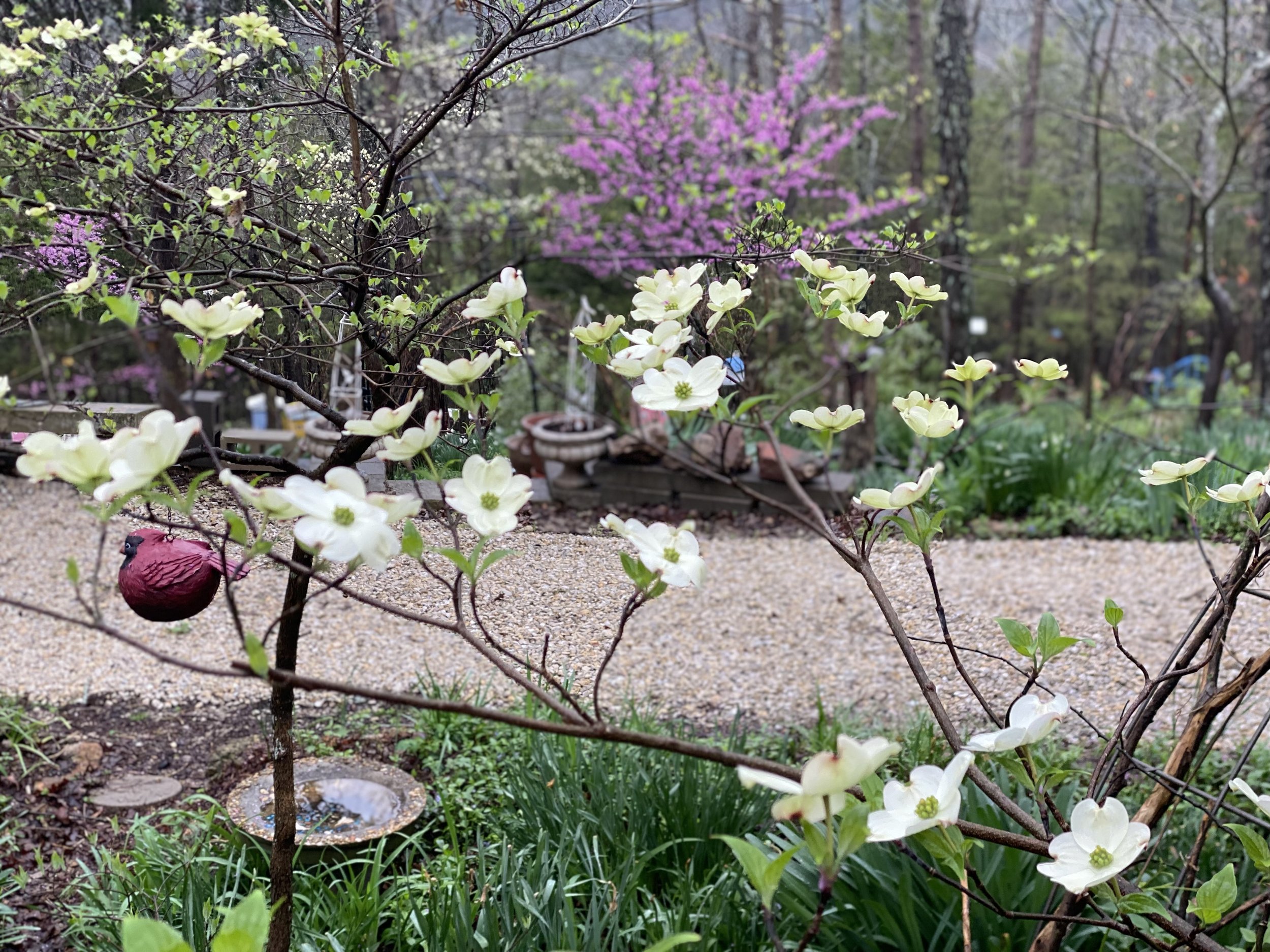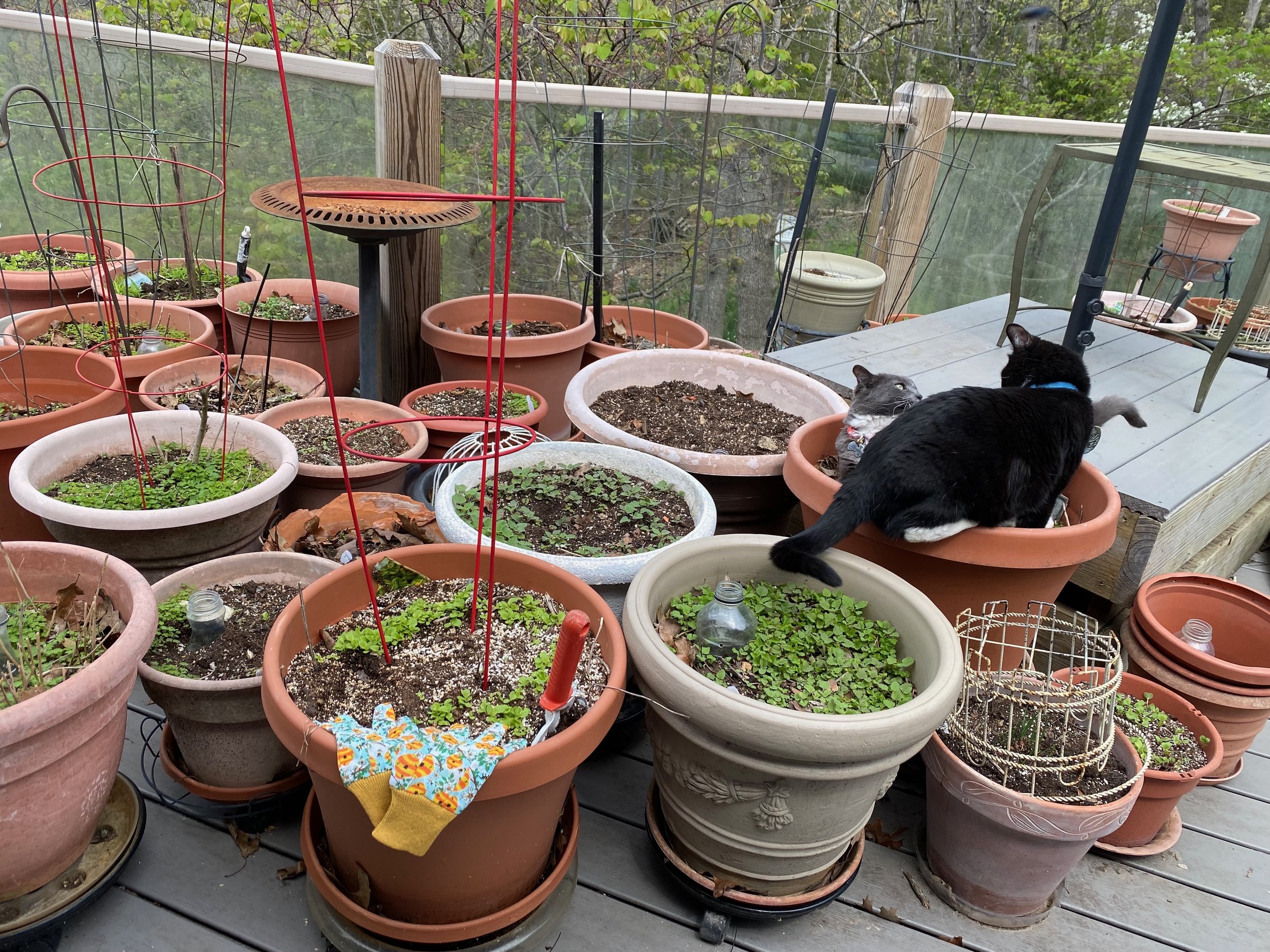Help Pollinators By Providing Water
/Missouri is setting new heat records this year, a time to be reminded there are ways to help pollinators that doesn't include planting.
One of the most critical steps gardeners can take is to provide water sources. Pollinators, wildlife, pets - even gardeners - all need water, especially when temperatures are so punishing.
Provide Pollinators Water Sources
Whether it’s a plant saucer with rocks, a bird bath with rocks and sticks, or a tiny concrete swimming hole with safe landing spots, provide a clean, daily water source.
Birds will access water to drink, bathe and keep cool. Butterflies, bats, hummingbirds, moths and bees, both native and honeybees, also need water to stay cool and hydrated. Honeybees carry water back to the hive to share with her sisters.
How Much Water?
Water doesn't have to be deep. If provided in a shallow container, however, check the water level a couple of times a day. Temperatures over 90F quickly evaporate any water sources.
If providing water in bird baths, add rocks and sticks to give small flying pollinators like butterflies, moths and bees a safe place to land.
Next, a reminder on how, and why, to keep plants for pollinators also watered.
Charlotte












